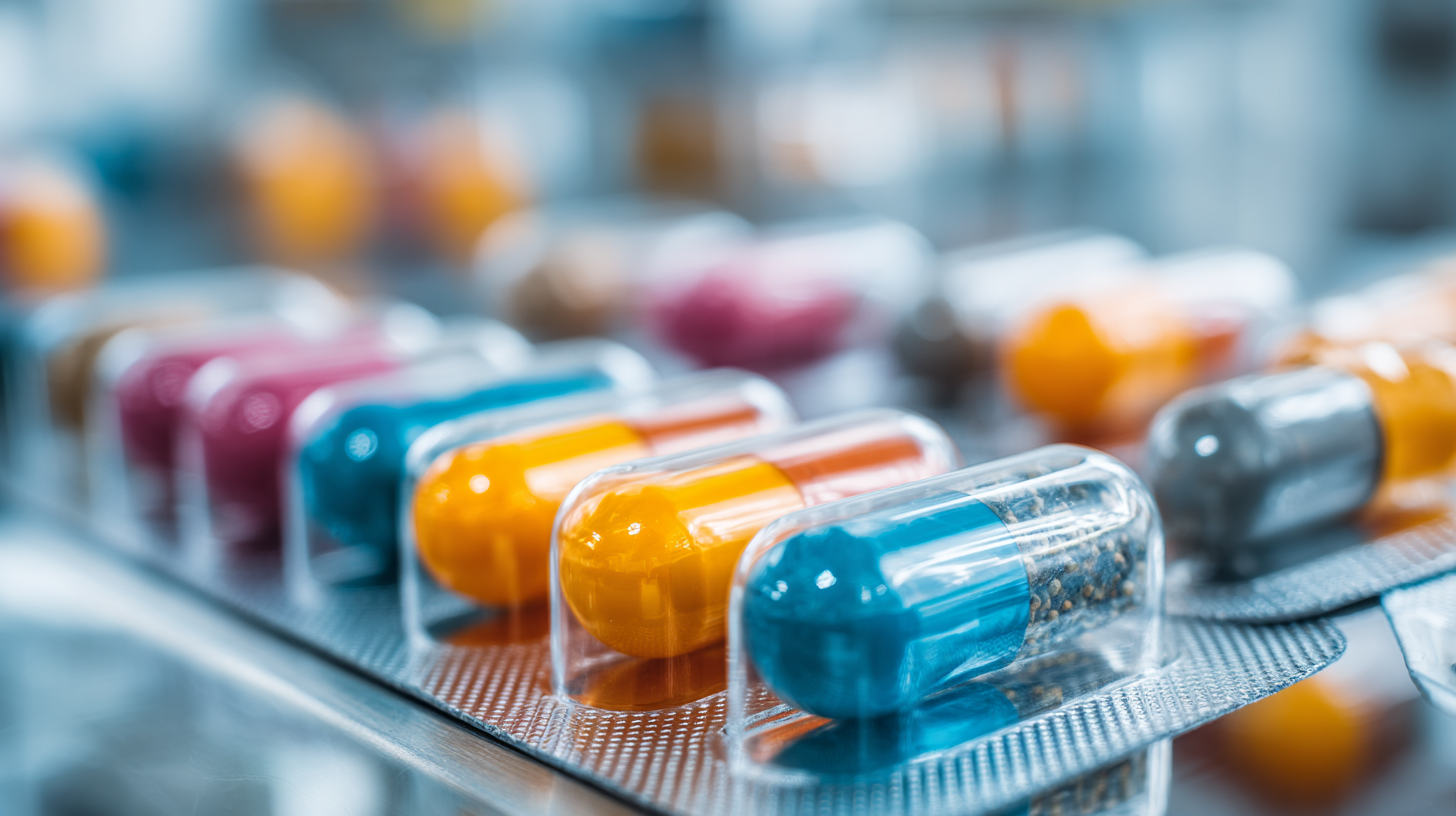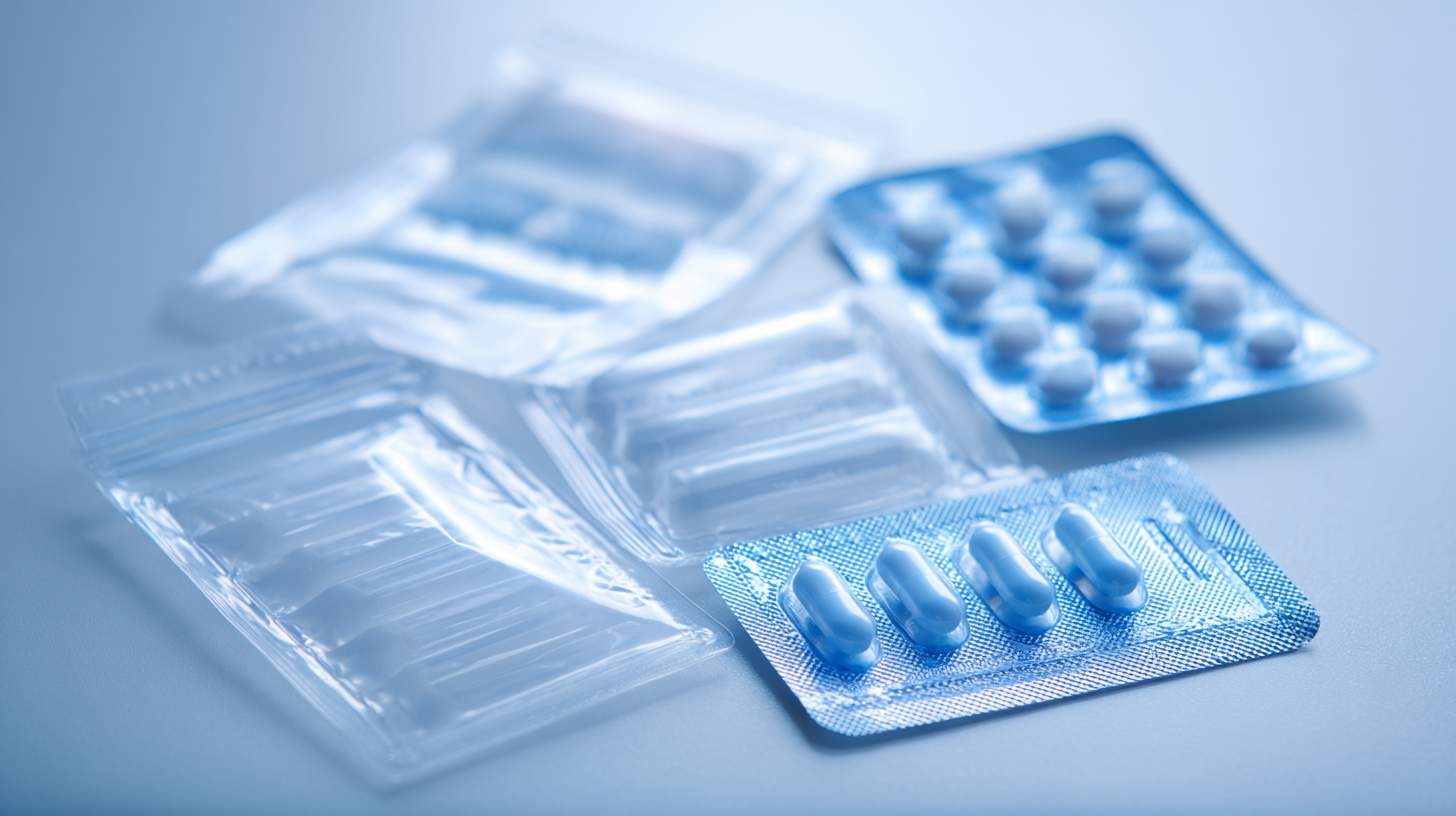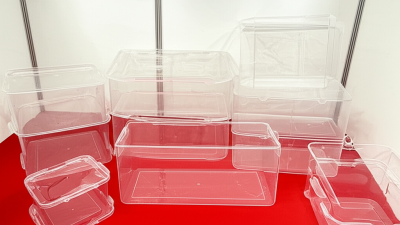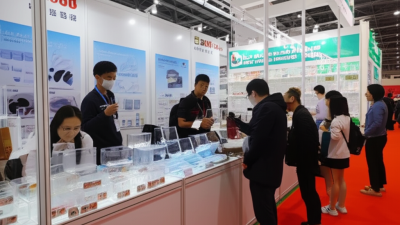As the healthcare sector faces increasing pressure to enhance sustainability while ensuring patient safety, the role of medical packaging has become more critical than ever. According to a report by Smithers Pira, the global medical packaging market is projected to reach $27.5 billion by 2024, driven by the demand for innovative, eco-friendly solutions. Traditional packaging methods often contribute to significant environmental waste, prompting the industry to seek alternatives that not only meet regulatory standards but also minimize ecological impact. Sustainable medical packaging solutions, such as biodegradable materials and reusable systems, are positioning themselves at the forefront of this revolution. By prioritizing sustainability, healthcare providers can improve their environmental footprint while maintaining the integrity and safety of their products, ultimately transforming the landscape of medical packaging for future generations.

The landscape of eco-friendly medical packaging is undergoing a significant transformation with the advent of innovative materials designed to minimize environmental impact. Advances in biodegradable materials, such as biopolymers and plant-based fibers, are paving the way for next-generation packaging solutions in the healthcare sector. These materials not only provide effective protection for medical products but also contribute to sustainability efforts by reducing reliance on traditional plastics.
Moreover, the rise of smart packaging technologies enhances functionality while maintaining eco-consciousness. These innovations allow for real-time monitoring of product conditions, ensuring safety and efficacy while promoting waste reduction. As the healthcare industry embraces these sustainable practices, the focus on upcycled materials and natural design elements further strengthens the shift towards a more responsible packaging future, aligning with the growing consumer demand for environmentally friendly solutions.
The healthcare industry is witnessing a significant transformation driven by technology, especially in the realm of sustainable medical packaging solutions. Advances in materials science and production technologies are making it feasible to replace traditional plastic packaging with biodegradable and recyclable options. According to a report by Smithers, the global market for sustainable packaging in healthcare is projected to reach $30 billion by 2025, demonstrating a growing commitment to eco-friendly practices.

One innovative approach is the use of smart packaging, which utilizes IoT (Internet of Things) technology to monitor product conditions in real-time, ensuring the integrity and safety of medical supplies. This not only enhances patient safety but also minimizes waste, as technologies can help in predicting product expiration and optimizing supply chains. A recent survey indicated that 82% of healthcare professionals believe that sustainable packaging innovations will lead to improved patient outcomes.
Tips: To support these sustainable practices, healthcare providers should consider sourcing materials from suppliers that prioritize eco-friendly manufacturing processes. Furthermore, investing in training staff on the importance of sustainable practices will help foster an environmentally conscious culture within healthcare organizations. Ultimately, embracing technology in sustainable packaging solutions is key to revolutionizing healthcare and ensuring a healthier planet for future generations.
The shift towards sustainable medical packaging presents both challenges and opportunities, particularly concerning evolving regulatory frameworks. As the healthcare sector grapples with the pressing need for waste reduction, the push for eco-conscious materials aligns with a broader global trend seen in industries such as food packaging. With sustainability regulations tightening, pharmaceutical companies are under pressure to adopt greener alternatives without compromising product integrity. This has opened avenues for innovations that prioritize both compliance and environmental responsibility, including biodegradable materials and smart packaging solutions.
Tips: When considering sustainable medical packaging, engage in discussions with stakeholders to identify the best materials that maintain compliance while reducing environmental impact. Investing in research for new types of packaging, like biopolymers or plant-based fibers, can facilitate a smoother transition to eco-friendly solutions.
Additionally, as the market for sustainable pharmaceutical packaging is projected to grow significantly, companies that proactively address these regulatory challenges can gain a competitive advantage. Establishing clear sustainability goals and staying informed on new regulations can help organizations navigate this evolving landscape more effectively.
The healthcare industry has begun to embrace sustainable medical packaging solutions, with several case studies showcasing successful implementations that highlight their benefits. One notable example is a leading pharmaceutical company that transitioned to biodegradable blister packs for its products. This shift not only reduced the environmental impact of packaging waste but also improved patient satisfaction by enhancing the product's safety and integrity. The biodegradable materials used in these packs decompose naturally, significantly lowering the company's carbon footprint while providing an effective barrier against contamination.
Another inspiring case involves a hospital network that adopted reusable surgical instrument containers. By replacing single-use plastic containers with durable, reusable options, they managed to cut down on waste significantly, reducing their operational costs in the process. This initiative not only contributed to environmental sustainability but also ensured that sterilization processes were in place, maintaining high standards of hygiene and safety. Such case studies demonstrate that integrating sustainable packaging solutions in healthcare is not only achievable but also beneficial, paving the way for a greener future in the industry.
The future of sustainable medical packaging solutions is closely intertwined with the broader trends seen in the fast-moving consumer goods (FMCG) packaging market. In 2023, the global FMCG packaging market was valued at approximately $775.15 billion and is projected to reach $823.83 billion by 2024, with a substantial increase expected to hit $1,340.8 billion by 2032. This significant growth can be attributed to a rising consumer demand for sustainable and eco-friendly solutions, pushing brands to innovate and adapt to meet these evolving consumer expectations.

As highlighted in various industry reports, sustainability, identity expression, and digital technology transformation are not just trends but foundational shifts that are redefining consumer behavior across sectors, including beauty and personal care. In the medical packaging realm, these trends suggest a growing emphasis on biodegradable materials, reusable packaging, and smart technologies that enhance product safety and traceability. Companies that prioritize sustainable packaging solutions are likely to foster deeper connections with environmentally conscious consumers, ensuring a competitive edge in an evolving marketplace. The shift towards sustainability in healthcare packaging is not only a response to regulatory pressures but also a proactive strategy to align with modern consumer values.




